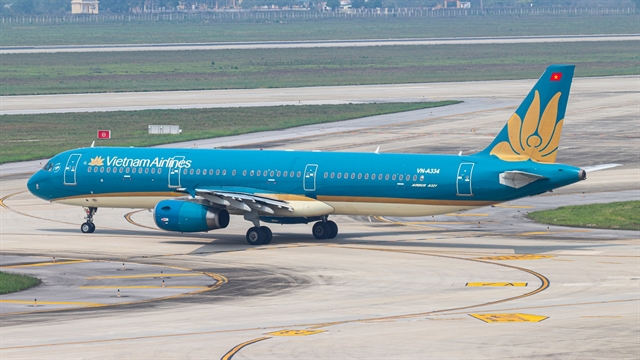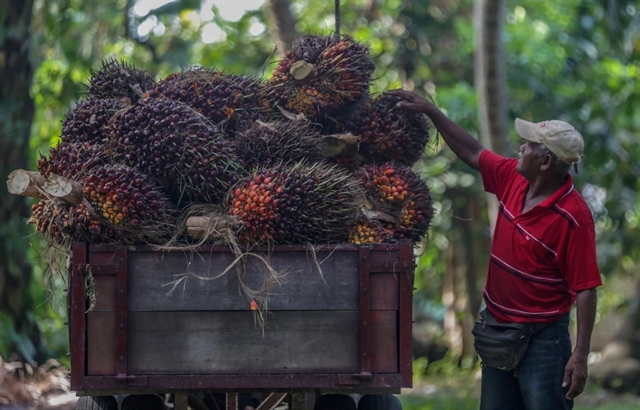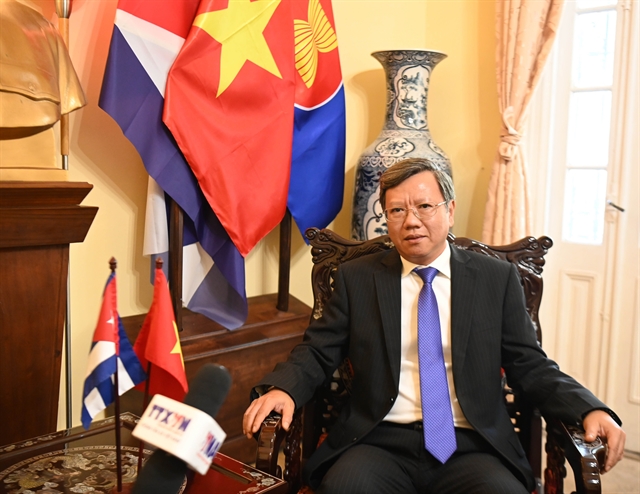 Opinion
Opinion
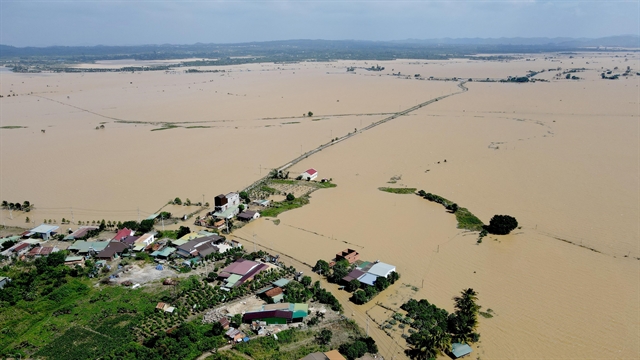
Head of the Government's Special Working Group and Deputy Minister of National Defence, Senior Lieutenant General Võ Minh Lương spoke to the press about the COVID-19 prevention and control work of the army in southern provinces and cities
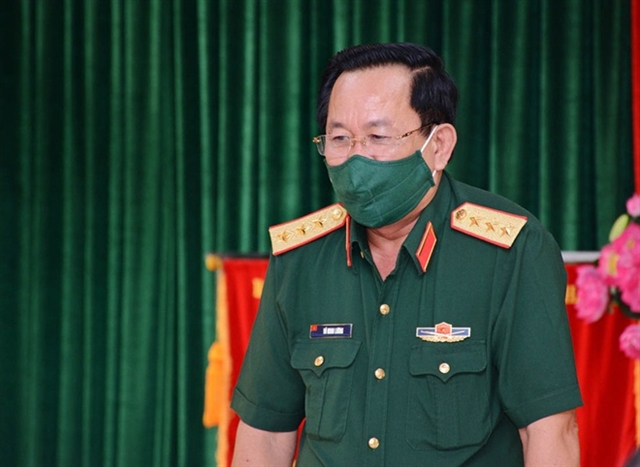
|
| Deputy Prime Minister Võ Minh Lương. — Photo qdnd.vn |
Head of the Government's Special Working Group and Deputy Minister of National Defence, Senior Lieutenant General Võ Minh Lương spoke to the press about the COVID-19 prevention and control work of the army in southern provinces and cities
After the recent field trips to southern provinces and cities, how do you evaluate the pandemic prevention and control work in these localities?
We found that the localities have seriously and actively implemented drastic measures to prevent and control the pandemic in their areas. These include developing plans to protect "green areas", conducting community testing campaigns; establishing the province's information centre for COVID-19 prevention and control; providing financial support to the people; purchasing equipment for field hospitals; accelerating the progress of vaccination against COVID-19 and supporting local businesses.
The situation of political security, social order and safety in the localities is basically stable. This proves that our disease prevention and control is on the right track. However, in southern provinces, the pandemic situation is still complicated.
Given such situation, what solutions should these localities implement to ensure the formation of a "safe green belt" against the pandemic in the future?
To form a "safe green belt" so that we could have support people who are safe and can be ready to provide resources for the frontline, I suggest that localities implement drastic and effective urgent measures according to the Government’s Directive 16. At the same time, localities should further strengthen and monitor early detection of cases in the community and properly manage quarantine supervision; applying curfews in certain areas if necessary.
In addition, localities can carry out socio-economic activities to maintain people's livelihoods, but always strictly impose effective measures in pandemic prevention and control. We should not be negligent, especially given the possibilities a new strain of the virus (Lambda).
Localities should continue to review and make adjustments at the highest level in terms of treatment, ensuring adequate oxygen, ventilators, emergency beds and other necessary supplies and equipment for facilities treating COVID-19 patients.
Can you evaluate the contribution of the army in the fourth wave of the pandemic, especially in participating in border control and monitoring people going in and out of pandemic-hit areas; transporting COVID-19 vaccines, establishing field hospitals and taking care of the lives of people in difficulty?
From the very beginning of the fourth wave of the pandemic, the Central Military Commission and the Ministry of National Defence have emphasised that fighting the pandemic is the army's combat mission in peacetime, the most important political task in the current situation. In any circumstances, the army must be the core force, taking the lead in disease prevention and control; helping localities to remove difficulties, stabilising people's lives and minimising negative impacts caused by the pandemic.
With that spirit, before the establishment of the Government's Special Working Group, the Ministry of Defence established a Steering Committee for Pandemic Prevention and Control in HCM City and southern provinces to promptly direct units in the area to closely coordinate with localities.
The Ministry of National Defence has actively directed border guards, navy, and coast guards to closely coordinate with military zones and related forces to maintain more than 21,000 teams at checkpoints at land, sea, river borders. These teams patrol day and night at locked down and quarantine areas, treatment sites and borders to prevent the entrance of infections from outside the country.
We have also actively prepared 190 concentrated quarantine areas, reducing the burden and supporting localities in disease prevention and control. Many units have given up their barracks to become quarantine zones and serve food and accommodation for hundreds of thousands of people.
When the number of F0 cases increased, the Ministry of Defence promptly dispatched tens of thousands of medical staff, doctors, technicians and students of the Military Medical Academy, the Việt Nam-Russia Tropical Centre, and other military’s hospitals and sent hundreds of tonnes of medical equipment and medicine to support southern provinces.
Up to now, the army has established nine field hospitals and COVID-19 patient treatment centres with a total capacity of more than 5,000 beds. At the same time, we have promptly deployed eight vaccine storage warehouses in seven military zones and the Hà Nội Capital High Command and mobilised hundreds of transport vehicles as well as distributing nearly seven million doses of vaccine to localities.
Along with that, officers and soldiers of the whole army actively responded to the voluntary blood donation movement with nearly 1,000 blood units, to promptly save and treat patients. Almost 150,000 officials, soldiers, militia and self-defence forces have helped people harvest agricultural products, treat patients, take samples for testing and with vaccinations.
Particularly in HCM City and southern provinces, units under the Ministry of Defence have mobilised and donated 40 tonnes of dry food, 10,000 boxes of instant noodles, 50,000 eggs, 150 boxes of canned fish, 3,000 boxes of meat and valuable medical equipment. Armed forces stationed in the areas have transported 75,000 tonnes of food, necessities and vegetables and fruits for those facing difficulties.
Military units and enterprises have donated more than VNĐ1.2 trillion to the vaccine fund.
Can you tell us about the effectiveness of the field hospitals and the treatment centres for severe COVID-19 patients at Military Hospital 175?
Seven field hospitals, together with the Eastern People Military Hospital, and the COVID-19 Patient Treatment Centre under the 175 Military Hospital in HCM City have been receiving and treating COVID-19 patients to help ease the overloading of the health system. Up to now, the military's medical facilities have received and treated more than 5,000 patients, of which over 1,000 have been cured. The 175 Military Hospital became the facility to treat severe COVID-19 patients in HCM City and Bình Dương Province.
After only three weeks, the Ministry of Defence decided to increase investment in equipment and human resources, increasing the number of beds from 200 to 350 to serve the treatment of severe and moderate COVID-19 patients, according to the model of the Ministry of Health.
From July 19 to now, the Hospital has received more than 365 patients and have successfully treated more than 100 cases who were discharged or transferred to lower levels. After a short time, the COVID-19 Patient Treatment Centre at 175 Military Hospital has become a reliable support mechanism for frontline field hospitals.
The deployment of field hospitals by the army is a correct, wise and timely policy, offering reliable support for the locality, meeting the immediate requirements of pandemic prevention and control so that localities can be ready to respond to more complex situations. — VNS


